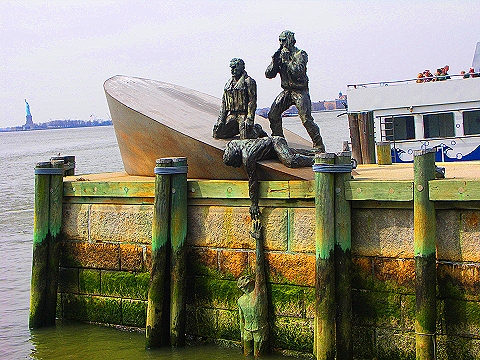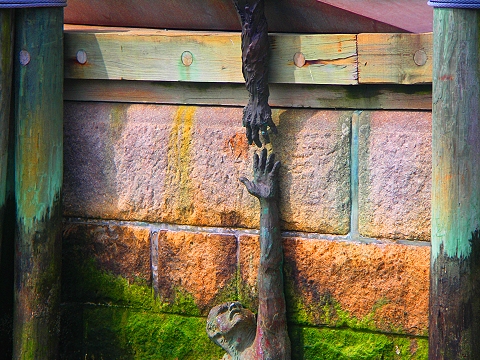Interesting. Common sense dictates that the easiest solution to the piracy problem was in putting an armed guard aboard, and indeed someone had suggested a new role for Blackwater.
The truth of the matter (being stranger than fiction) is that merchant vessels are not permitted to man crew served weapons of any sort, nor carry automatic weapons....or weapons of any kind for that matter, due to sovereignty rules which ban all weapons aboard vessels in territorial waters.
The solution to piracy seem so obvious, but alas. [huh]
I'll return with the story. Thanks.
The truth of the matter (being stranger than fiction) is that merchant vessels are not permitted to man crew served weapons of any sort, nor carry automatic weapons....or weapons of any kind for that matter, due to sovereignty rules which ban all weapons aboard vessels in territorial waters.
The solution to piracy seem so obvious, but alas. [huh]
I'll return with the story. Thanks.











